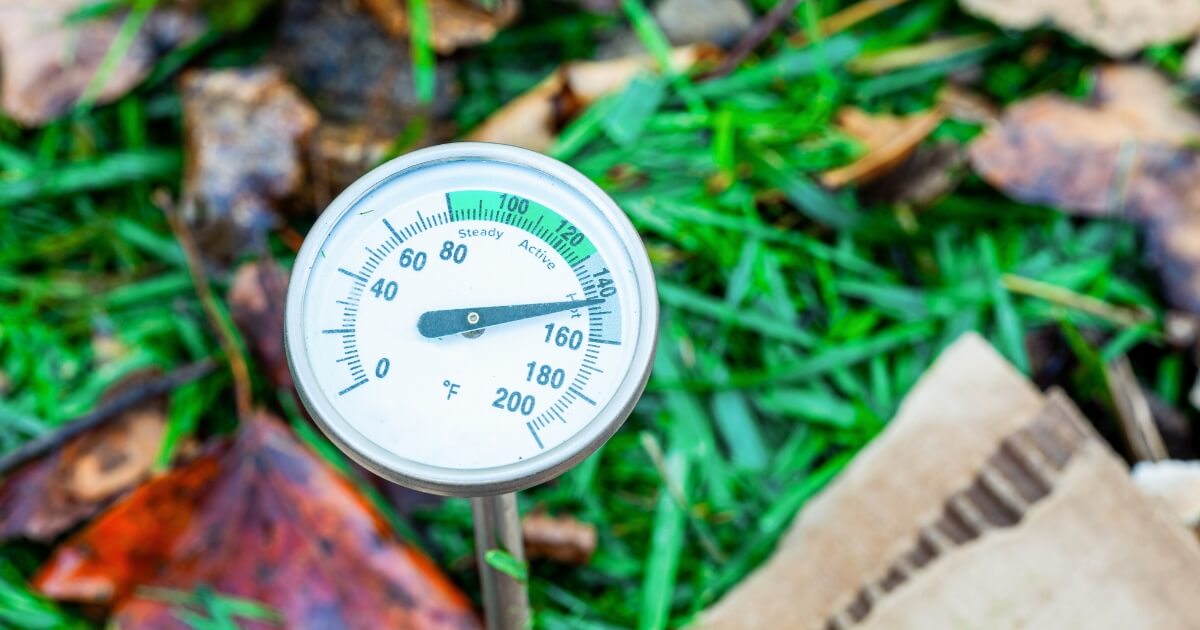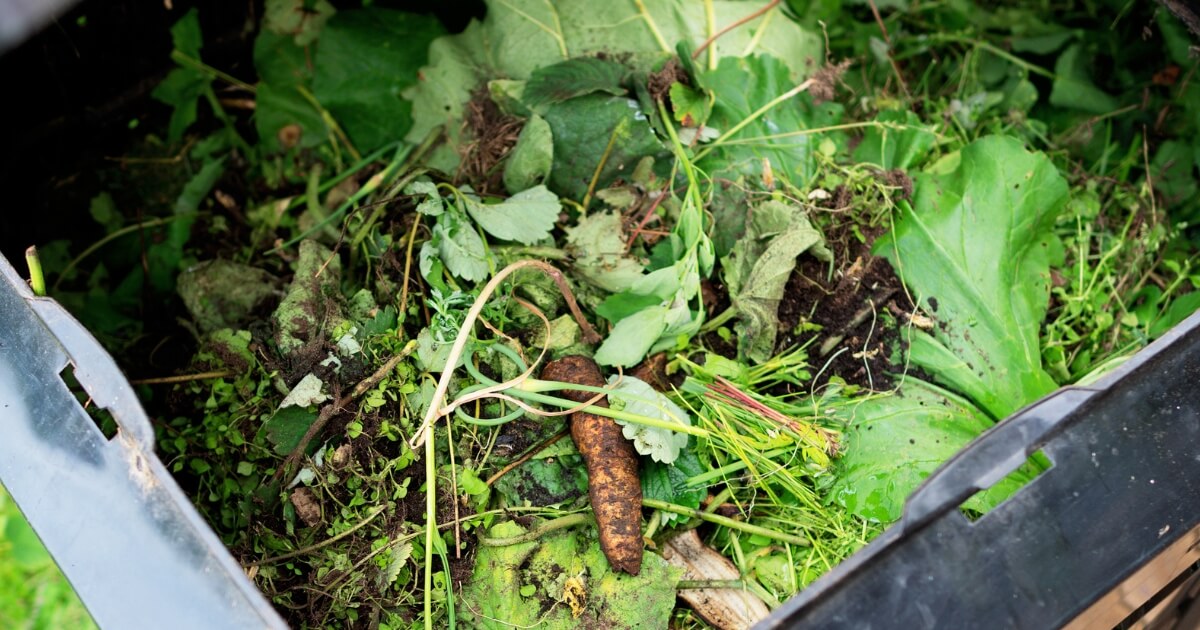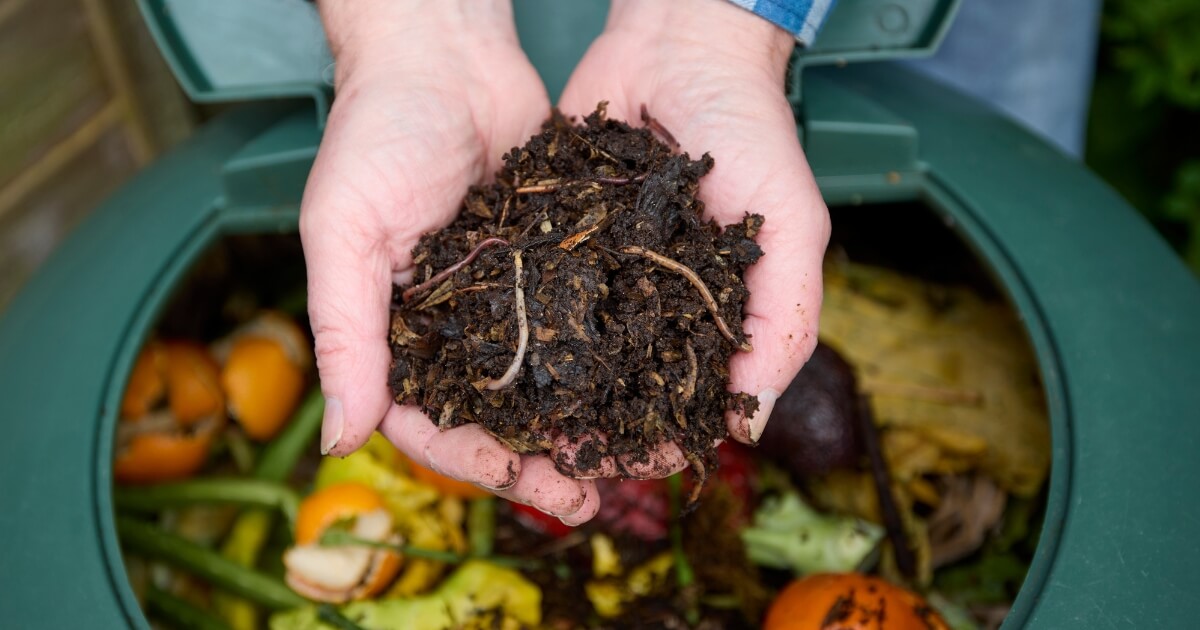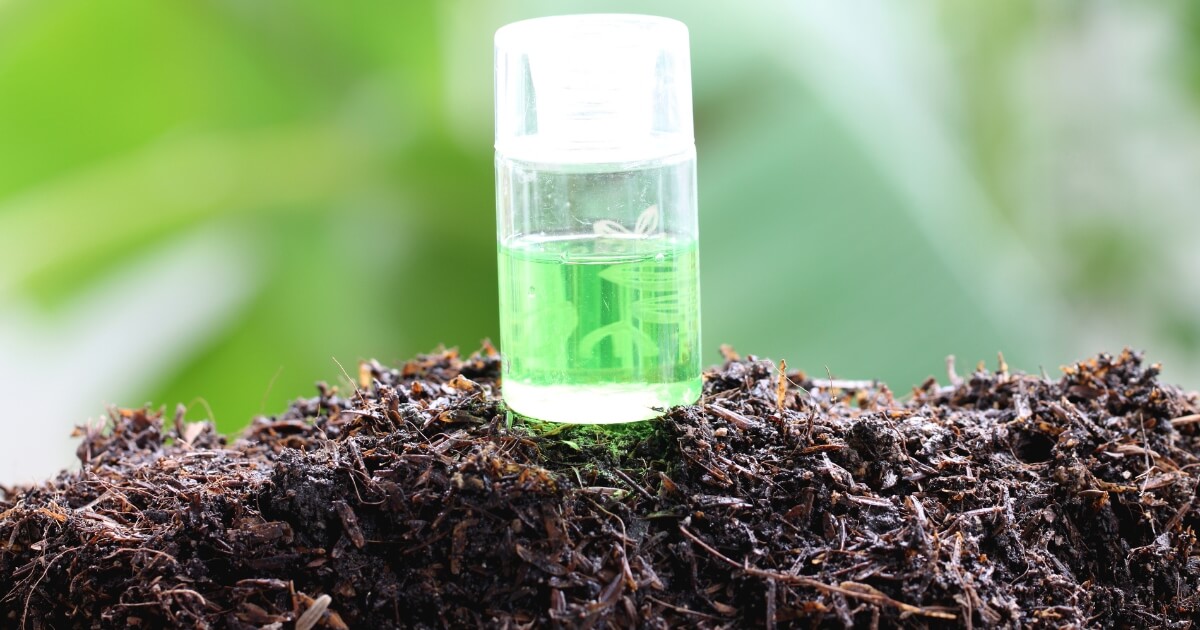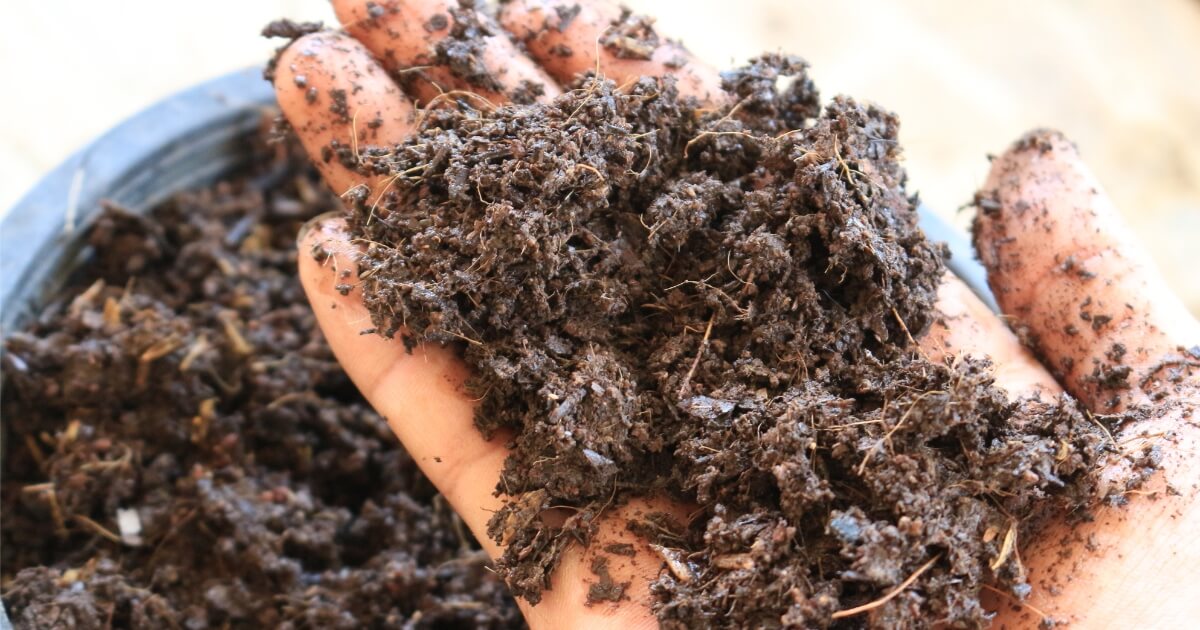You’ve collected all your kitchen and garden scraps, done your reading on different composting methods and set aside a corner of your yard as a compost pile.
You feel ready to get started, but are still unsure about one thing: how long is it going to take to turn all these pieces rotting of vegetables into usable plant food?
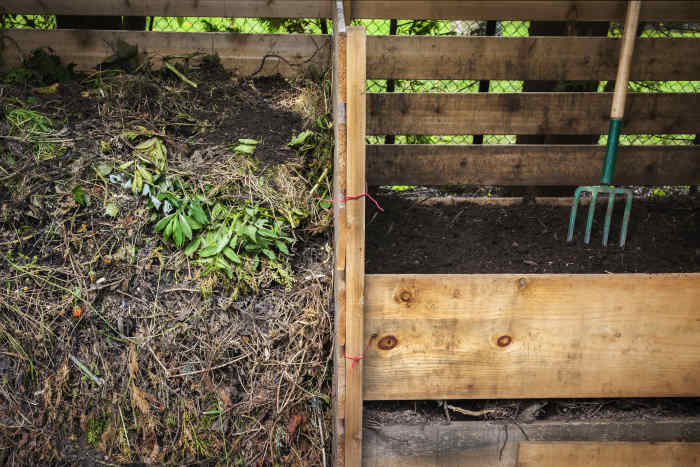
While this is an important question that all gardeners new to composting must answer, there’s no one-size-fits-all answer.
Multiple factors can affect how long it can take for compost to be ready to use in your garden, including how long you choose to “cure” your it and the composting technique you use.
Read on to find out how you can be sure your compost is good to go.
How Long Does Composting Take?
In nature, composting happens slowly for years. As organic material dies and accumulates, primary, secondary, and tertiary decomposers move in and begin to break down whatever they can find.
Related | Composting 101
This natural process, known as cold composting, will eventually decompose all organic matter, but it can take up to two years or more for materials to fully break down.
Since it is almost completely hands-off, some gardeners choose to implement cold composting in their garden. This method simply requires that your kitchen scraps, yard waste, and other organic materials be piled and left alone.
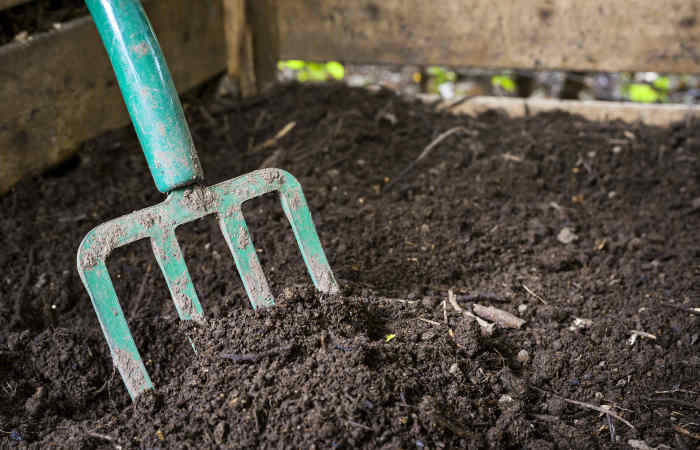
In about six months to a year, your compost will be ready. Larger compost piles can take upwards of two years to be ready.
Hot composting, on the other hand, requires more work but produces compost in a fraction of the time. This method requires that the compost pile be regularly turned in order to add oxygen to the pile.
Related | Best Compost Aerators
This helps to power the aerobic bacteria that will be breaking down your yard waste. With hot composting, you can go from banana peels to usable compost in about a month if done right.
What Are The Stages Of Composting?
Regardless of which composting technique you choose for your garden, your compost pile is going to undergo the same four stages of composting on its journey to becoming brown gold like mushroom compost.
It’s important to keep in mind that because materials are being constantly added to a “continuous” garden compost pile, all the stages of compost aren’t always as obvious as they would be in “batch” composting process in which all the organic materials are put together at once.
Mesophilic Phase
The first stage of composting is the mesophilic phase, in which the bacteria that grow best in moderate temperatures (68 to 113 degrees F) begin to proliferate in the pile.
They combine oxygen from the environment with carbon from the decaying organic matter to produce carbon dioxide and energy in the form of heat.
Thermophilic Phase
As the pile heats up over 111 degrees F, the mesophilic bacteria begin to slow down and the second stage of composting begins.
During the thermophilic phase, heat-loving microorganisms take over and raise the internal temperatures of the compost pile to between 130 to 160 degrees F as they quickly break down any remaining compostable materials.
Depending on how much new organic matter is constantly being added to the pile, the thermophilic phase can last from a few days to a month.
Cooling Phase
Once the thermophilic bacteria have broken down the majority of the degradable materials, the pile will begin to cool down again.
Mesophilic bacteria begin to take over again during the cooling phase again in order to break down some of the courser and more resistant organic materials.
Detritivores such as earthworms and decomposers like mushrooms and other fungi move in at this point to complete the composting of these tougher materials.
Curing Phase
Then comes the curing phase, in which the compost matures, ensuring that any pathogen has died off. Uncured compost can actually kill plants, so it’s important to not skip this step.
Curing can take anywhere from one month to one year, with a longer curing phase producing the best quality compost.
How Do You Know When Compost Is Ready
Once your compost has undergone these four stages, it’s ready to go. Many composters don’t want to wait a whole year for their compost to cure, though, so how can you know if your compost is good to go before the year is up?
The Florida Online Composting Center has a few home tests you can perform to help you determine the maturity of your compost.
What Should Compost Look Like When Done?
If running tests isn’t really your style, you can also determine the maturity of your compost by its appearance. Here are a few things you’ll want to look for in your compost:
- Mature compost should look like dark, crumbly topsoil
- It should have an earthy aroma, not smell of ammonia or rot
- Most of the original materials should be broken down and unrecognizable
- The compost pile should reduce in size by about half of its original volume
- The compost pile has cooled down to ambient temperature
Regardless of how you choose to compost, these tips should help you determine if your compost is ready to use or not.
Keep in mind that some tougher organic materials, like corncobs or pieces of wood, can take longer to break down. It’s ok to sift them from the rest of the compost and have them undergo another round of composting.
If your compost smells and looks ready, it’s probably good to use. If you’re unsure, though, just remember that a longer curing phase will only make your compost better.
